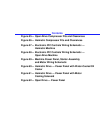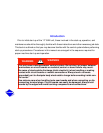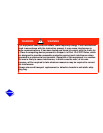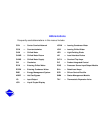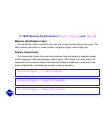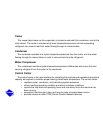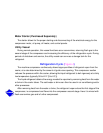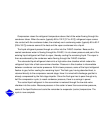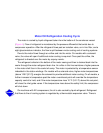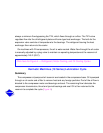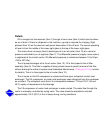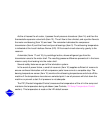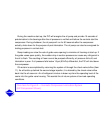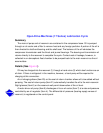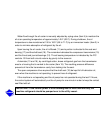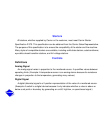
Motor/Oil Refrigeration Cooling Cycle
The motor is cooled by liquid refrigerant taken from the bottom of the condenser vessel
(Figure 4). Flow of refrigerant is maintained by the pressure differential that exists due to
compressor operation. After the refrigerant flows past an isolation valve, an in-line filter, and a
sight glass/moisture indicator, the flow is split between motor cooling and oil cooling systems.
Flow to the motor flows through an orifice and into the motor. On models with a solenoid
valve, the valve will open if additional motor cooling is required. Once past the orifice, the
refrigerant is directed over the motor by a spray nozzle.
The refrigerant collects in the bottom of the motor casing and then is drained back into the
cooler through the motor refrigerant drain line. An orifice in this line maintains a higher pressure
in the motor shell than in the cooler/oil sump. The motor is protected by a temperature sensor
imbedded in the stator windings. On models with a solenoid valve, higher motor temperatures
(above 125 F [51 C]) energize the solenoid to provide additional motor cooling. On all models, a
further increase in temperature past the motor override set point will override the temperature
capacity control to hold, and if the motor temperature rises 10° F (5.5° C) above this set point,
will close the inlet guide vanes. If the temperature rises above the safety limit, the compressor
will shut down.
On machines with EX compressors, the oil is also cooled by liquid refrigerant. Refrigerant
that flows to the oil cooling system is regulated by a thermostatic expansion valve. There is



